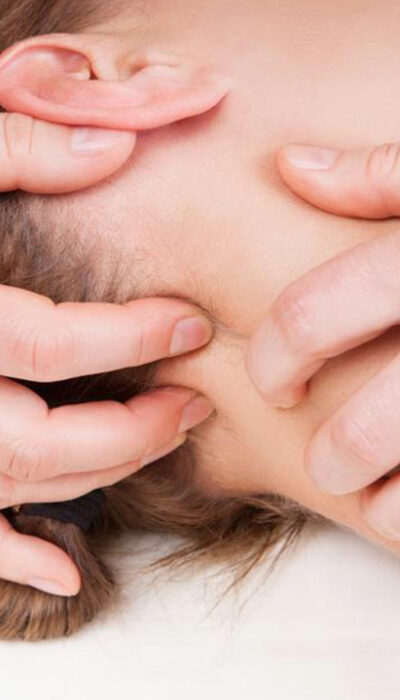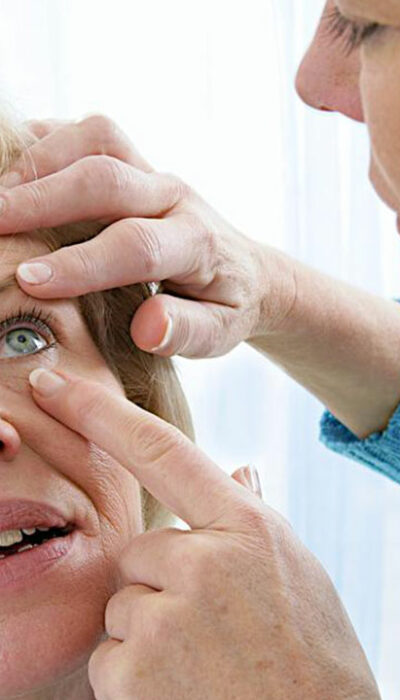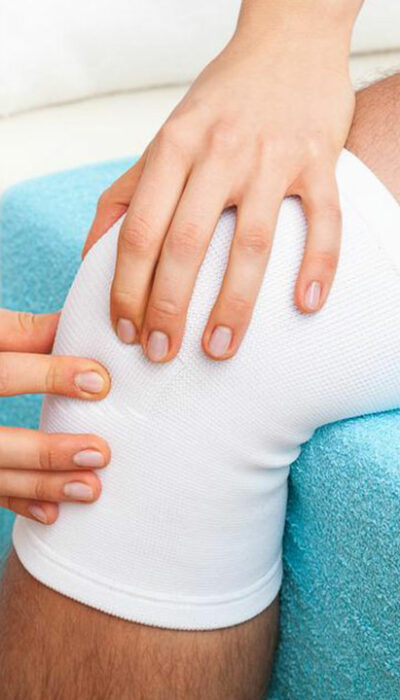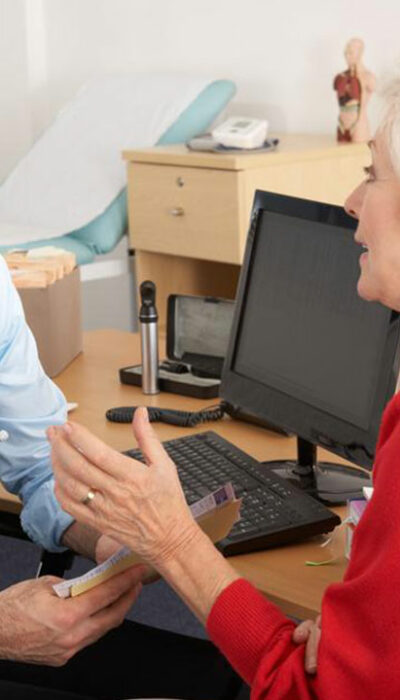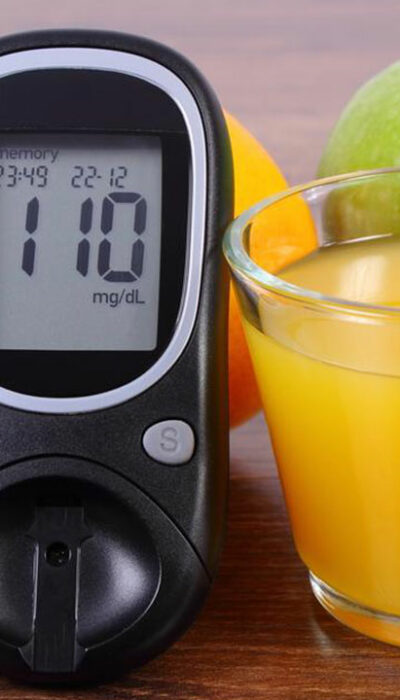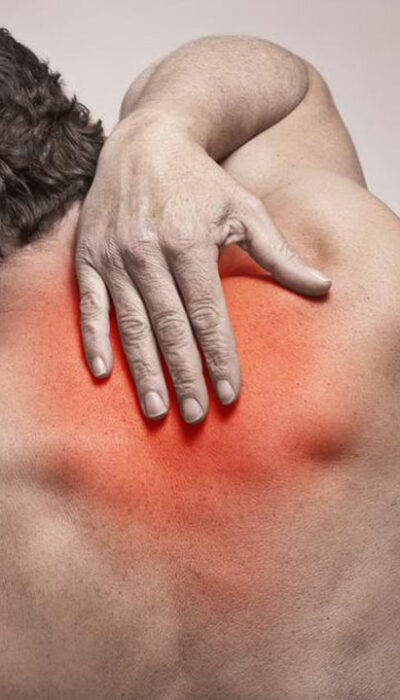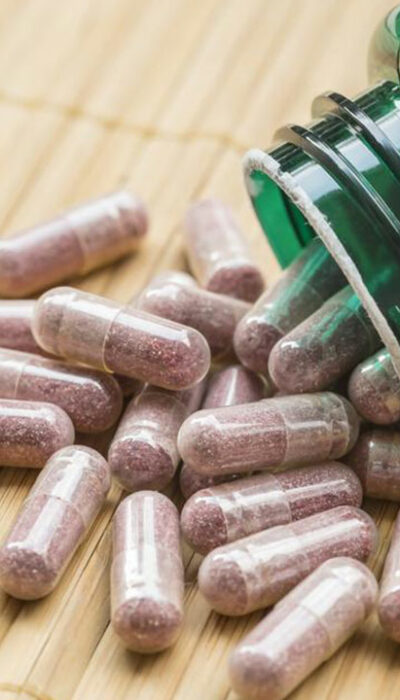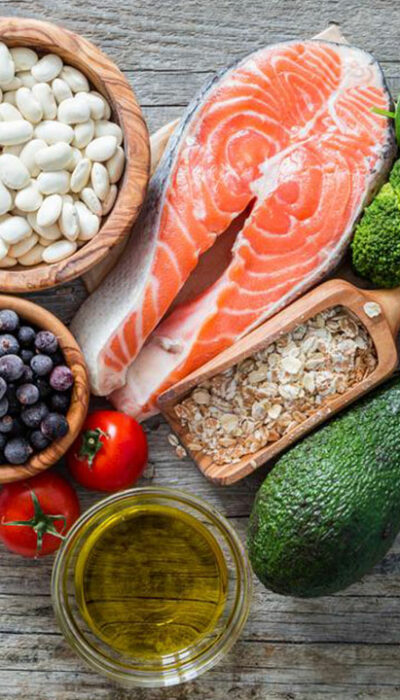
What to Eat and Avoid If You Have Diabetes
Diabetes mellitus also known as diabetes has become a common disease in the whole world. Diabetes has been derived from a Greek word which means siphon and mellitus meaning sweet. This disease is a consequence of an excess of sugar in the urine and blood of the affected people. According to a survey in 2013, around 382 million people around the world have diabetes. Types of diabetes Diabetes is a deadly disease that can strike anyone at any age and from any walk of life. Earlier it was said that diabetes occurs after middle age. But nowadays, it has been observed that it can affect anyone irrespective of their age. The most common forms of it are type 1 and type 2 diabetes. Gestational diabetes usually occurs during pregnancy and is not a lifelong disease. Type 1 diabetes: It can also be termed as a metabolic disorder because type 1 diabetes results in the body failing to produce insulin. It is also known as insulin-dependent diabetes as the insulin is induced in the body from outside. This is popularly known as juvenile diabetes. It is also termed as early-onset diabetes. Its main symptoms are extreme thirst, erectile dysfunction, frequent urination, sudden weight loss or gain, blurred vision, lethargy, fatigue or drowsiness, increased appetite, etc. Smoking and consuming alcohol can aggravate cardiovascular diseases in diabetics. Therefore one should quit smoking and drinking. There are many diabetes foods to avoid. A healthy lifestyle which includes a healthy diet, adequate exercise and taking insulin can benefit people with diabetes to a great extent. Type 2 diabetes: In type 2 diabetes, the body does not produce enough insulin for the proper functioning of the cells or it becomes insulin resistant. This is the most common form of diabetes seen in people. Its causes may include leading an unhealthy lifestyle, not eating right, getting inadequate or no sleep, lack of exercise, depression, stress, smoking, etc.

